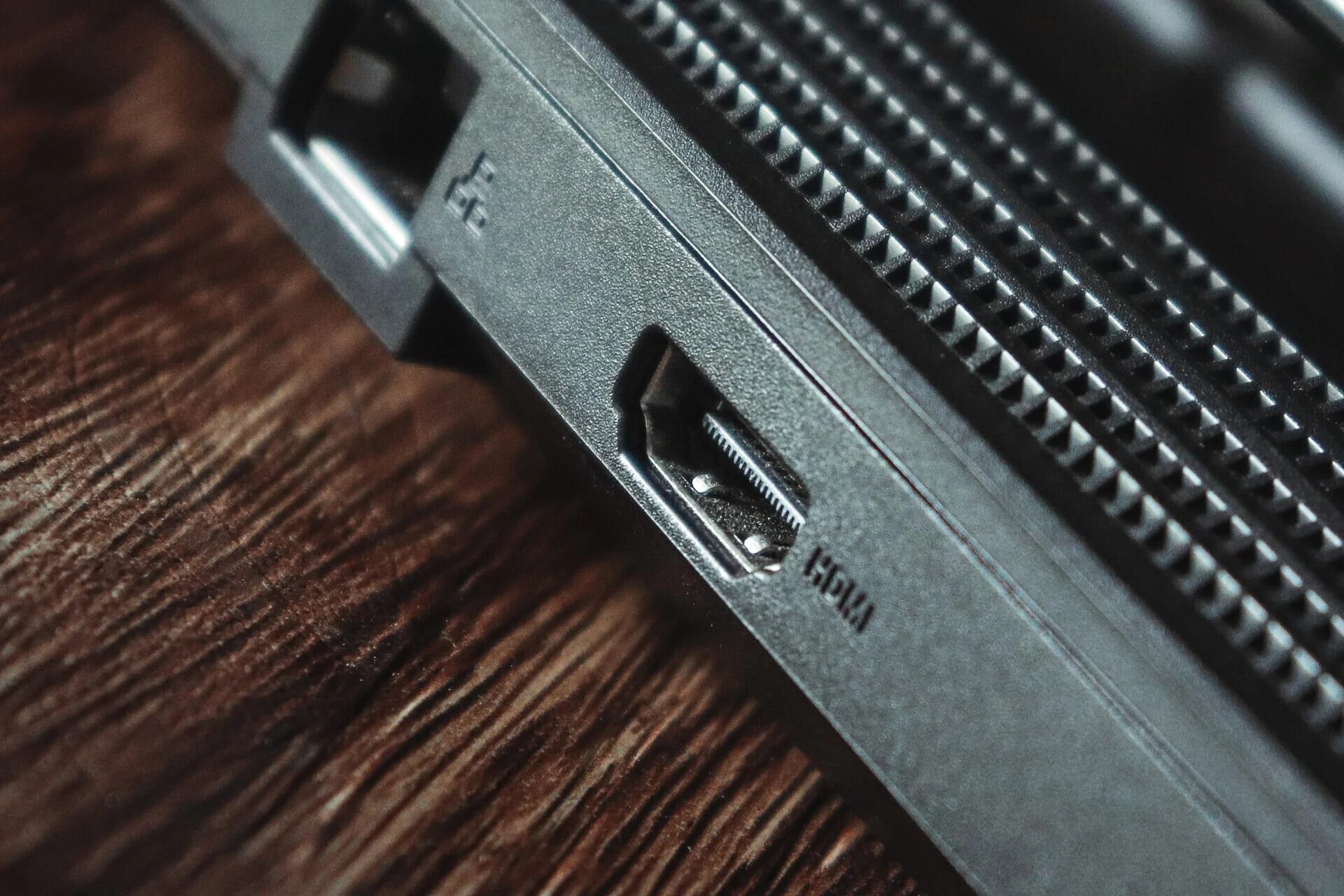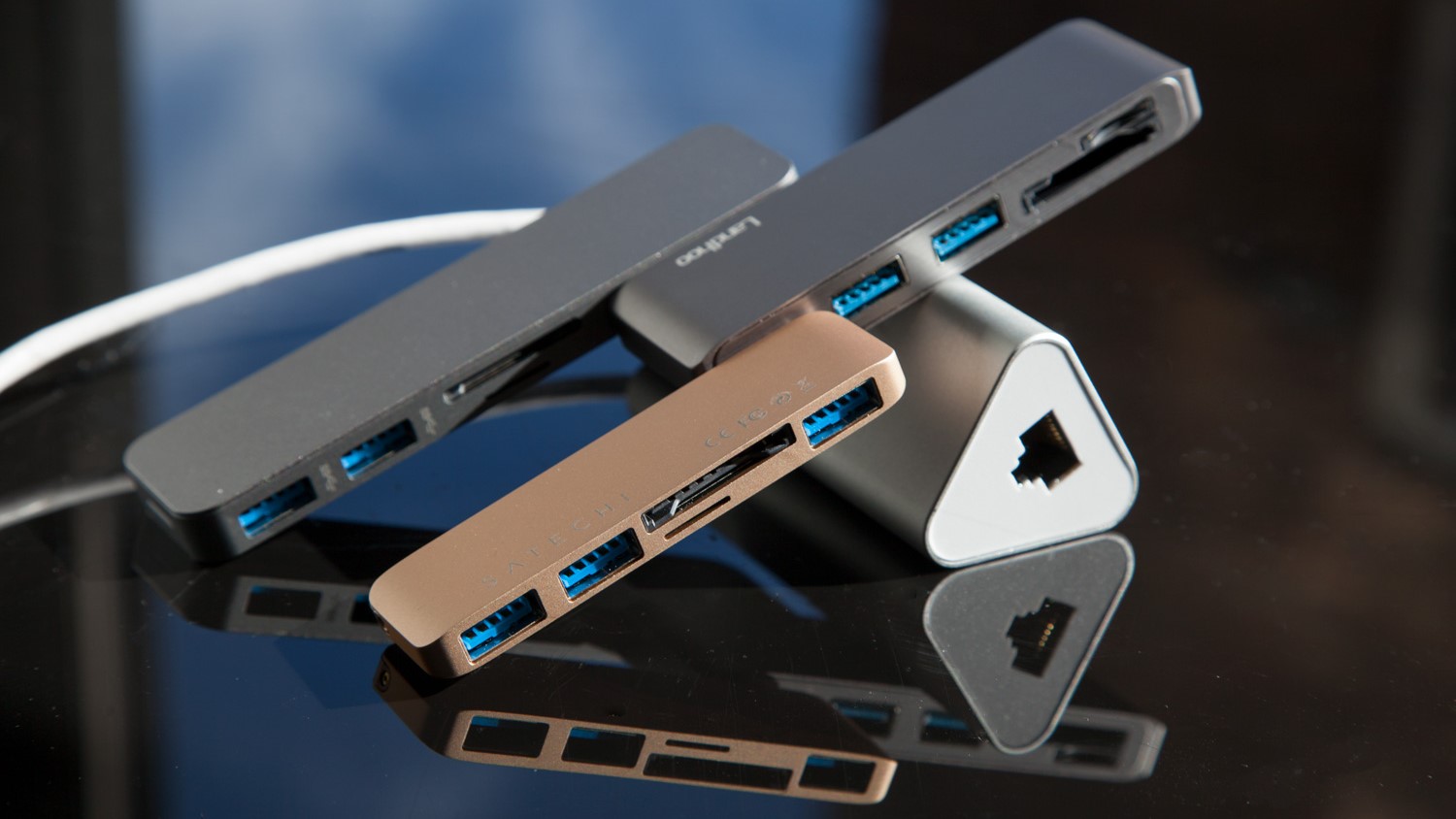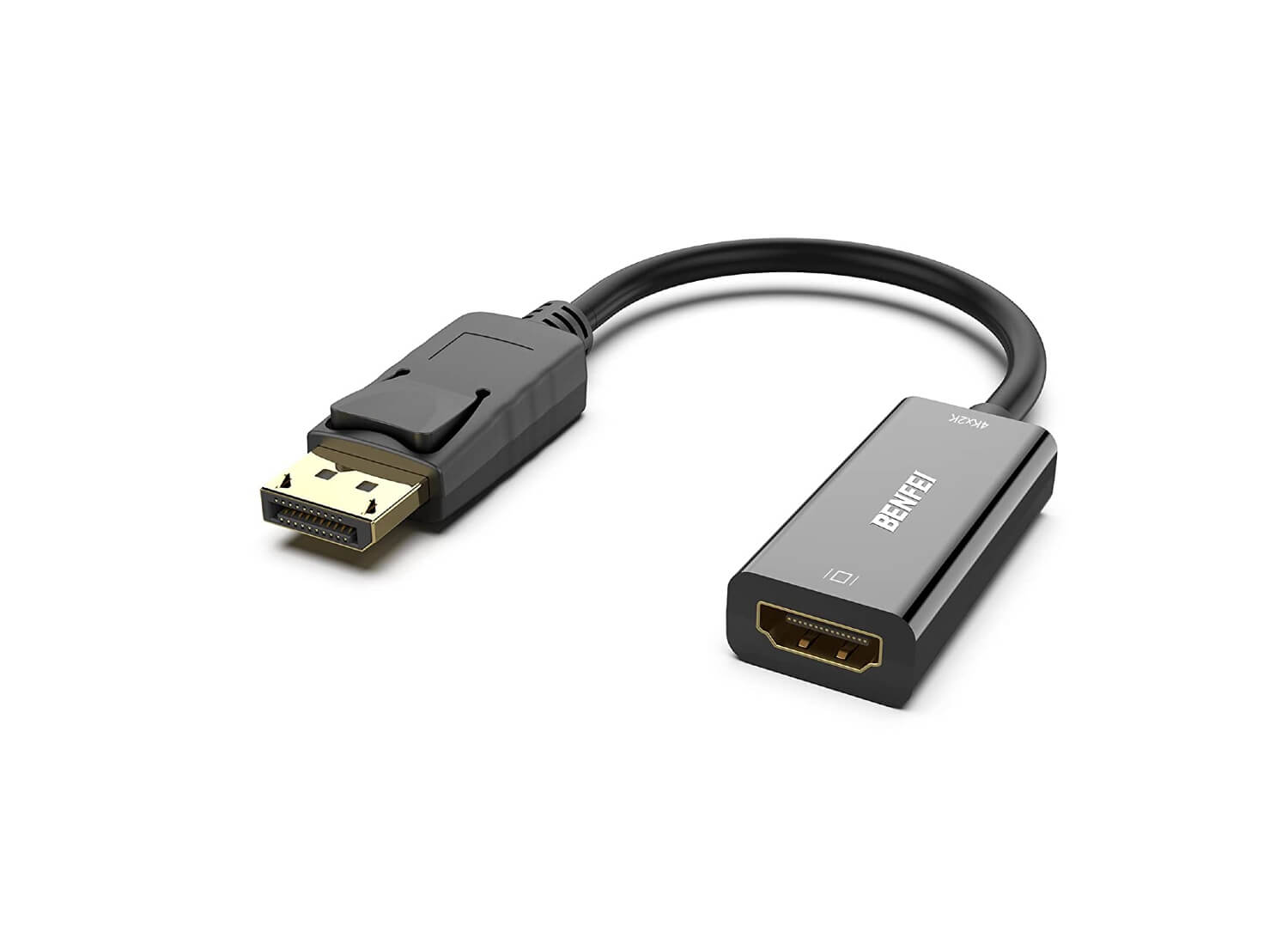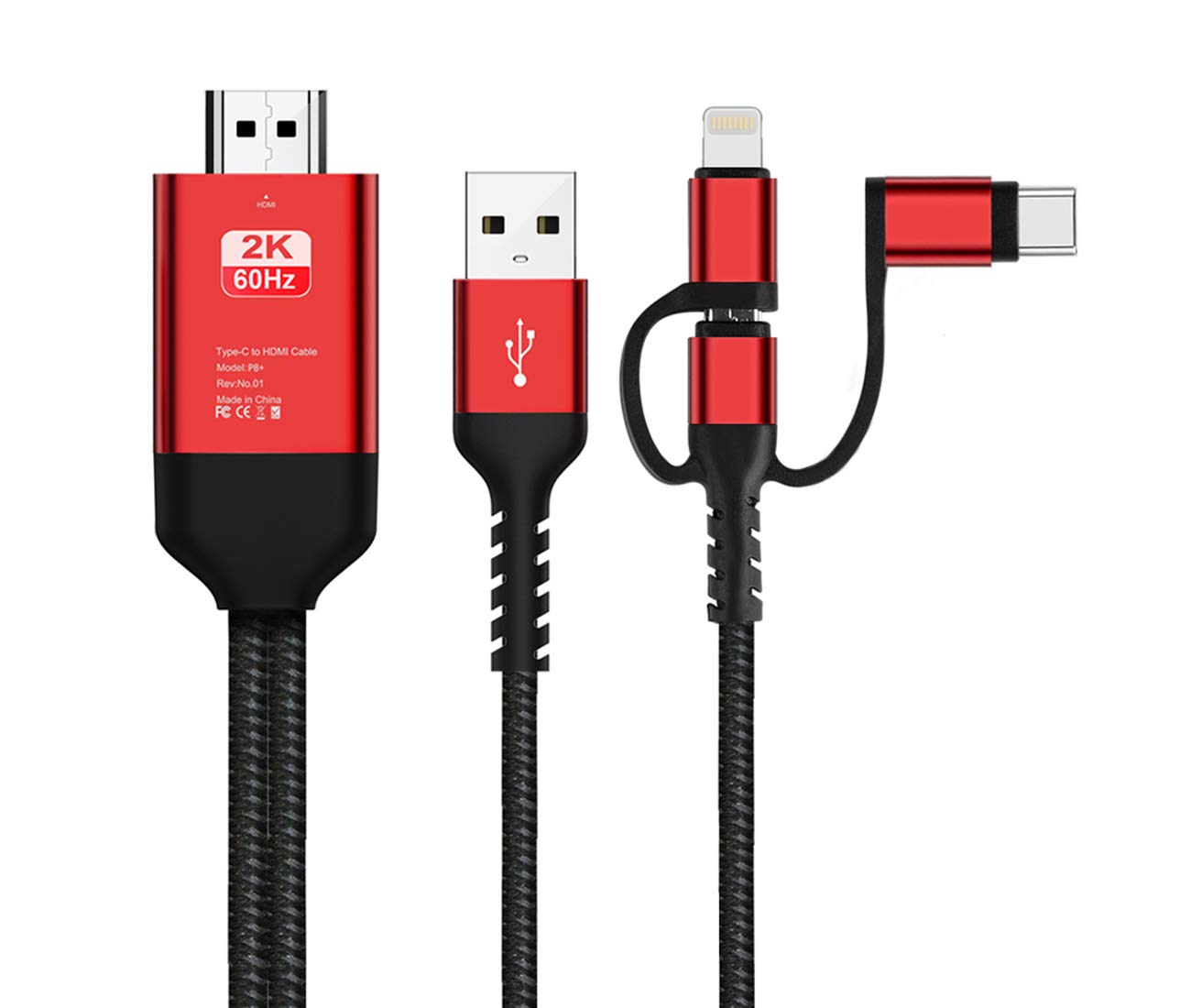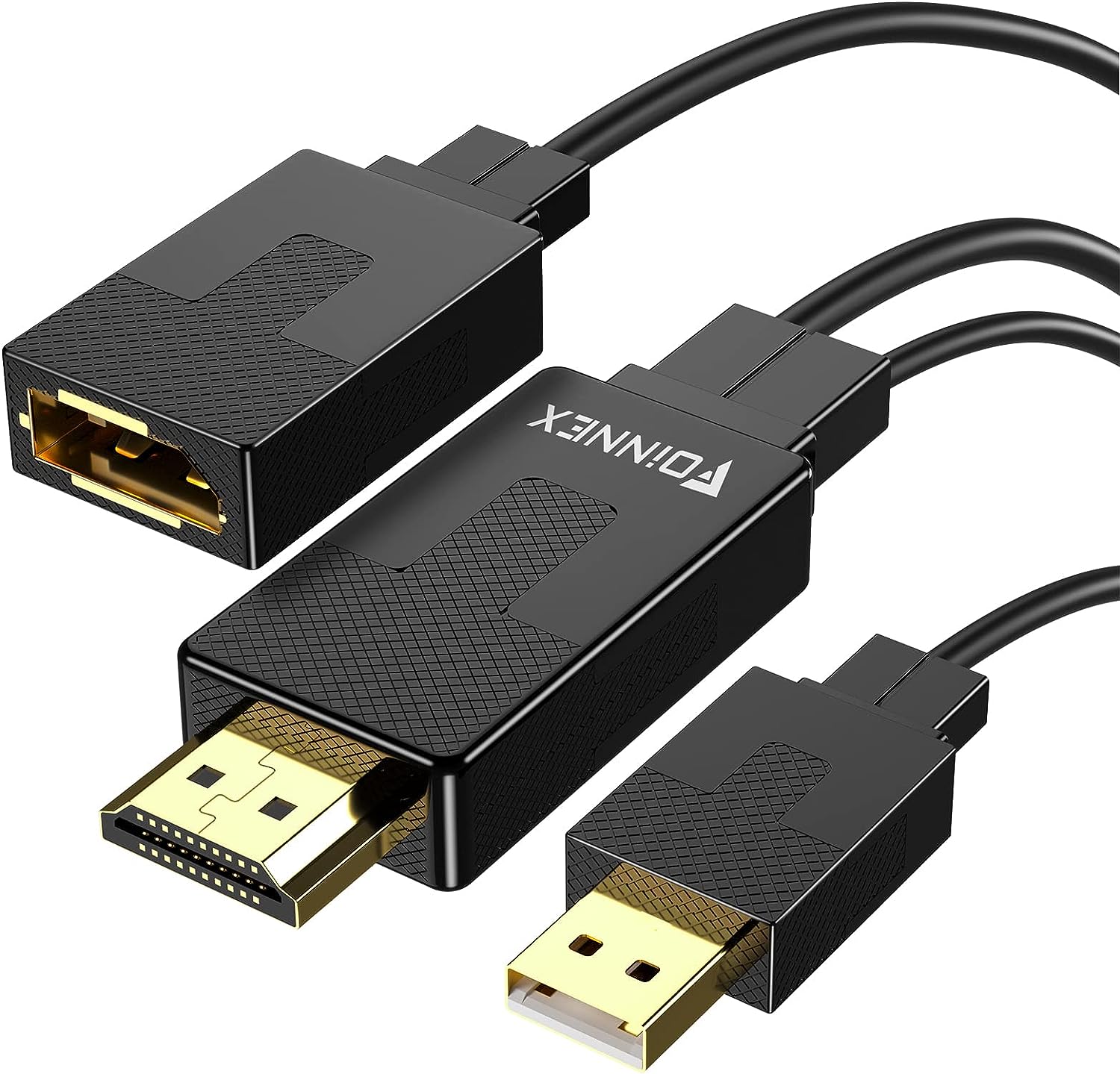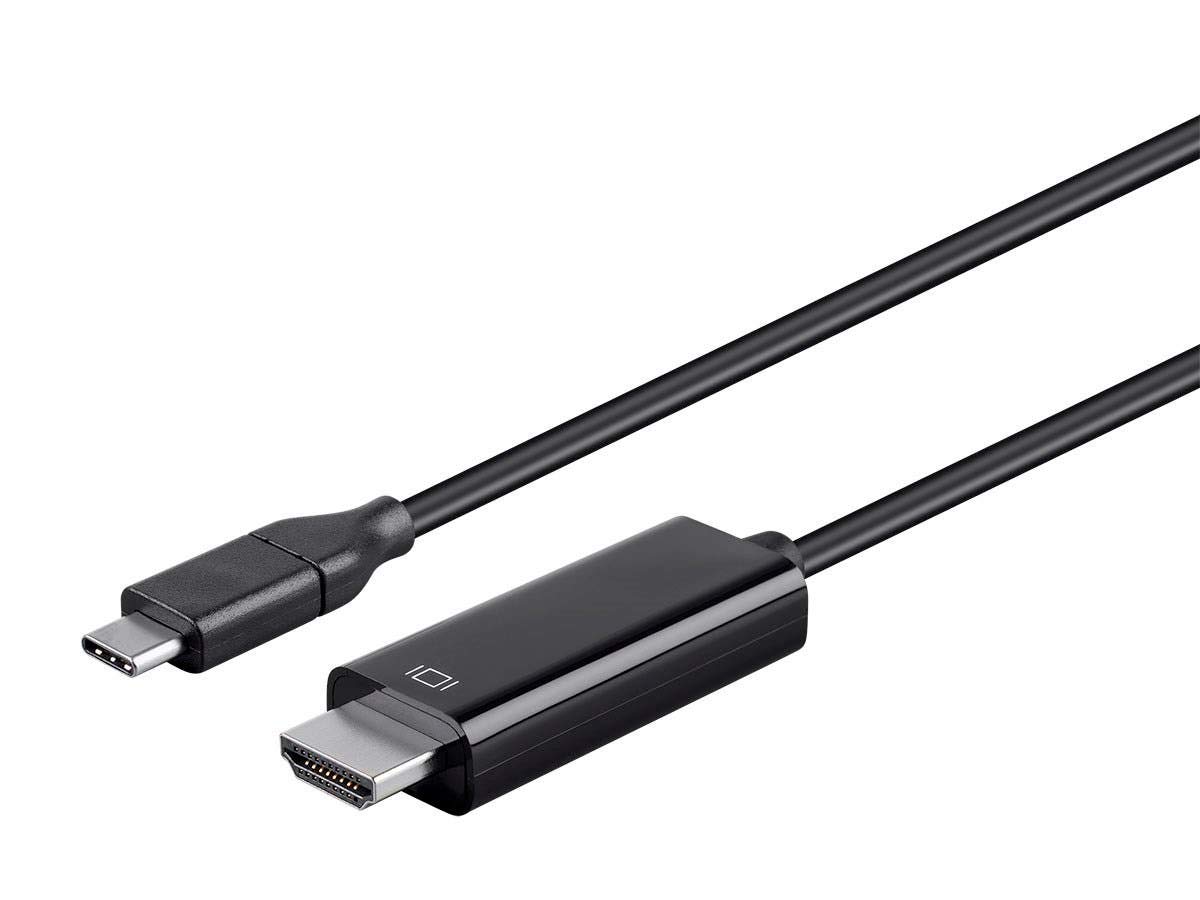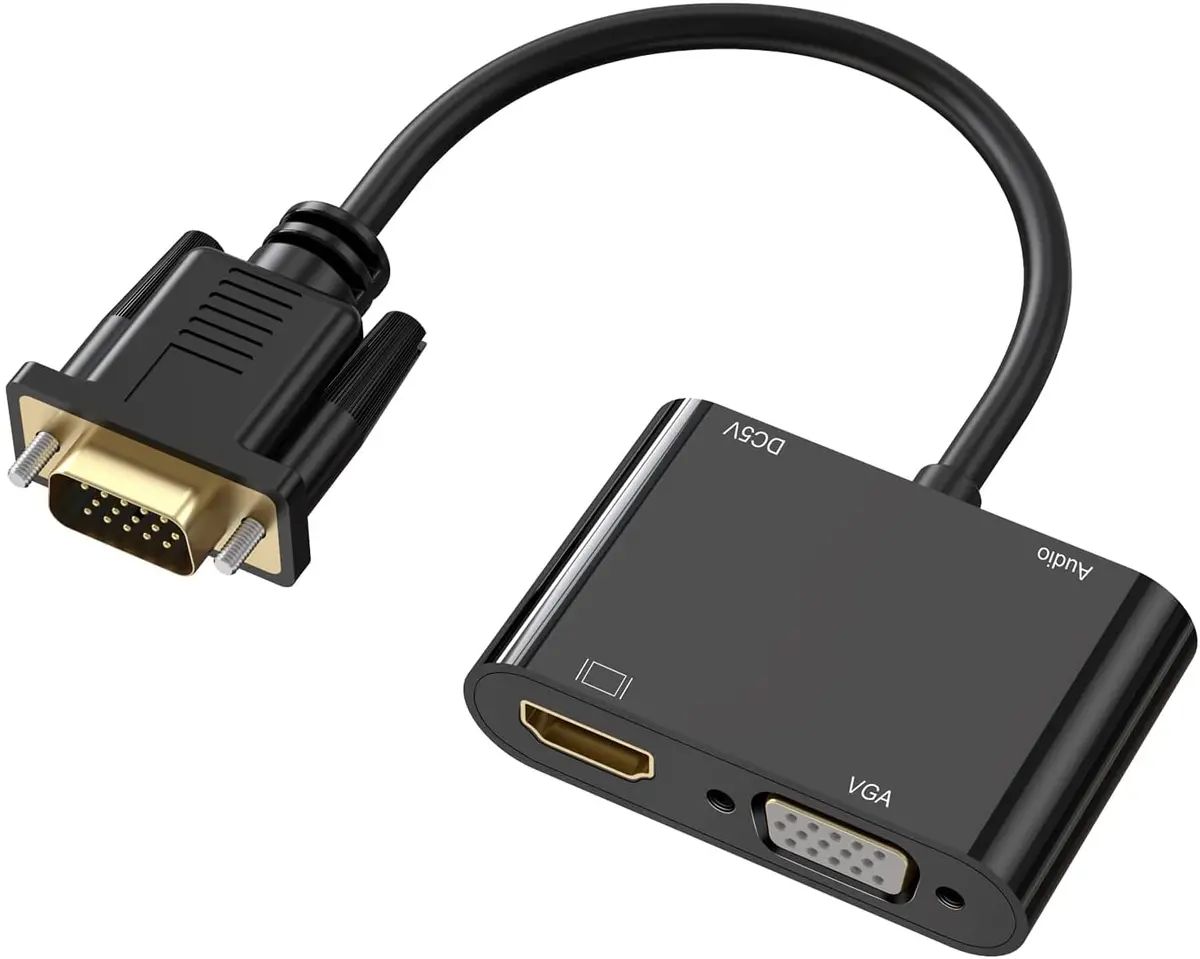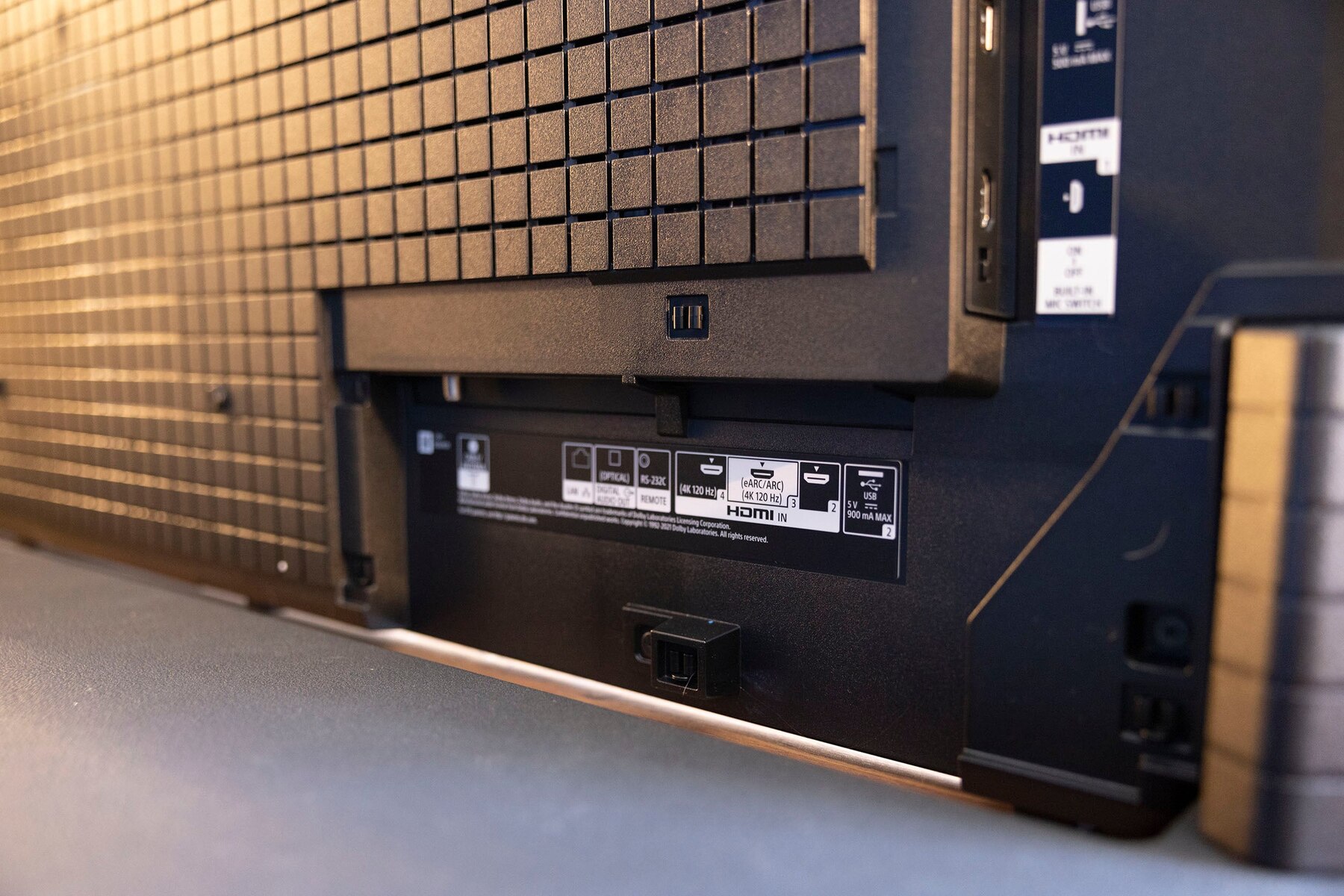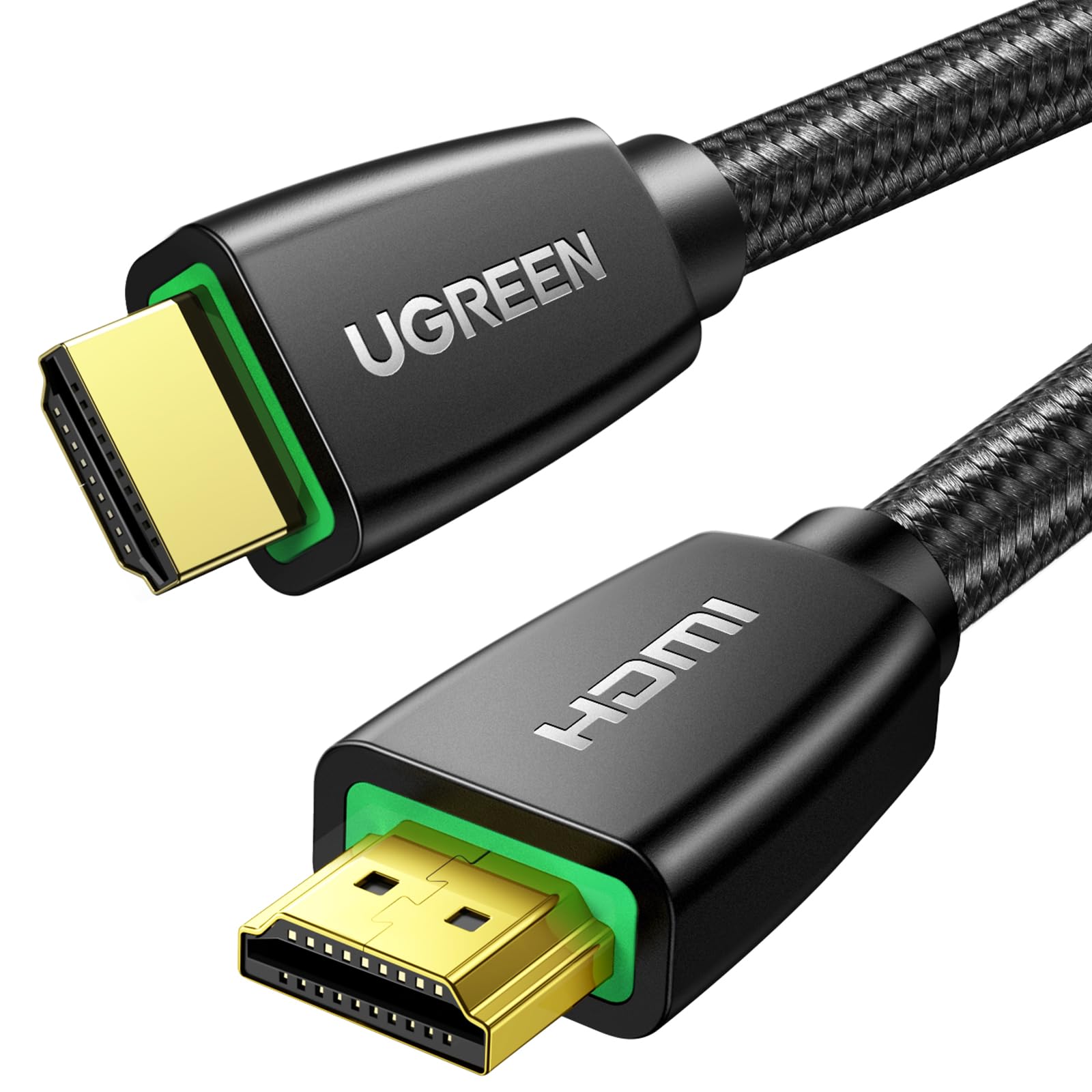Overview
An HDMI (High-Definition Multimedia Interface) port plays a crucial role in modern multimedia devices. It is a digital connection that allows the transfer of high-quality video and audio signals between devices such as televisions, computer monitors, gaming consoles, and DVD players. With the rise of high-definition content, HDMI ports have become a standard feature in many electronic devices.
HDMI ports have revolutionized the way we connect our devices, providing superior audio and video quality compared to traditional analog connections. They have replaced outdated analog connections like VGA and component video, providing a single cable solution for transmitting both audio and video signals.
The main advantage of HDMI ports is their ability to transmit uncompressed digital signals, ensuring the highest possible audio and video quality. They can handle high-resolution content, including 4K, 8K, HDR, and even 3D. This makes HDMI ports ideal for enjoying movies, gaming, streaming, and other multimedia experiences.
In addition to their high-quality signal transmission capabilities, HDMI ports also support a variety of other features. These include capabilities such as audio return channel (ARC) which allows audio to be sent back from a TV to a soundbar or receiver, and CEC (Consumer Electronics Control), which enables the control of multiple devices through a single remote.
HDMI ports have undergone several changes and improvements over the years. They come in different types, each with specific features and compatibility. It is essential to understand the different HDMI port types and how to identify them on your devices to ensure proper connections and compatibility.
What is an HDMI port?
An HDMI port is a standardized digital interface that allows the transmission of high-definition audio and video signals between devices. HDMI stands for High-Definition Multimedia Interface, and it has rapidly become the go-to connection method for modern multimedia devices.
Unlike older analog connections such as VGA and component video, HDMI ports transmit digital signals, resulting in superior audio and video quality. They support uncompressed data transfer, ensuring that the original content is faithfully reproduced on the receiving device. This means that you can enjoy sharp, vibrant visuals and crystal-clear sound with an HDMI connection.
One of the significant advantages of HDMI ports is their versatility. They are capable of handling various types of content, including high-definition and ultra-high-definition formats such as 4K and 8K. This makes HDMI ideal for connecting devices like televisions, projectors, Blu-ray players, gaming consoles, and streaming devices.
HDMI ports also support copy protection technologies, such as High-Bandwidth Digital Content Protection (HDCP). This ensures that copyrighted content, such as Blu-ray movies or streaming services, can be securely transmitted from the source device to the display device without any loss of quality.
Furthermore, HDMI ports are not limited to video signals alone. They can also transmit multi-channel audio, including popular audio formats like Dolby TrueHD and DTS-HD Master Audio. This allows you to experience immersive surround sound when connecting devices like home theater systems or soundbars to your TV.
In addition to their audio and video capabilities, HDMI ports often offer additional features like Ethernet connectivity and support for advanced color spaces and high dynamic range (HDR) content. These features provide enhanced functionality and ensure that you can enjoy the best possible viewing experience.
Overall, HDMI ports have become the industry standard for seamless and high-quality audio and video connections. Whether you’re a movie enthusiast, a gamer, or a multimedia enthusiast, having HDMI ports on your devices ensures that you can enjoy stunning visuals and immersive audio without any compromise in quality.
Why are HDMI ports important?
HDMI ports play a crucial role in the world of modern multimedia devices, and their importance cannot be overstated. Here are several reasons why HDMI ports are essential:
1. High-Quality Audio and Video: HDMI ports offer uncompressed digital transmission of audio and video signals, ensuring the highest possible quality. This means you can enjoy stunning visuals with vibrant colors, sharp details, and lifelike images, coupled with crystal-clear sound.
2. Wide Compatibility: HDMI ports have become the industry standard connection method for a wide range of devices, including TVs, projectors, gaming consoles, computers, DVD players, and more. Having an HDMI port ensures compatibility with various devices, allowing you to easily connect and enjoy multimedia content.
3. Versatility: HDMI ports support various resolutions, from standard definition to high definition and even ultra-high definition, such as 4K and 8K. They can handle both 2D and 3D content, making them versatile for a range of multimedia experiences, including movies, gaming, and streaming.
4. Ease of Use: HDMI offers a single cable solution for both video and audio transmission. Unlike analog connections that require multiple cables and separate audio connections, HDMI simplifies the setup process and reduces cable clutter. It’s a plug-and-play solution that is user-friendly and convenient.
5. Enhanced Features: HDMI ports often come with additional features that enhance the viewing experience. These include support for advanced color spaces, high dynamic range (HDR) content, and Ethernet connectivity. These features contribute to improved picture quality, deeper color saturation, and a more immersive viewing experience.
6. Copyright Protection: HDMI ports incorporate copy protection technologies like HDCP, ensuring that copyrighted content can be transmitted securely from the source device to the display device. This is particularly important when watching Blu-ray movies or streaming services that require secure content transmission.
7. Future-Proofing: HDMI technology continues to evolve, with new standards and features being introduced regularly. By having HDMI ports on your devices, you ensure future compatibility with the latest audio and video formats, ensuring that you can enjoy cutting-edge multimedia content without needing to upgrade your devices.
In summary, HDMI ports are vital for delivering high-quality audio and video signals, providing wide compatibility, ease of use, versatile connectivity options, enhanced features, copyright protection, and future-proofing. Whether you’re a movie lover, a gamer, or a multimedia enthusiast, having HDMI ports on your devices is essential for a seamless and immersive multimedia experience.
What does an HDMI port look like?
An HDMI port typically has a unique appearance that distinguishes it from other ports on electronic devices. Here are the characteristics that define what an HDMI port looks like:
1. Connector Shape: HDMI ports feature a distinctive rectangular shape with slightly rounded edges. The connector is wider than it is tall and has a trapezoidal appearance. This shape allows for a secure and snug connection when plugging in an HDMI cable.
2. Number of Pins: An HDMI port generally consists of 19 pins arranged in a specific configuration. These pins are responsible for transmitting the audio, video, and control signals between devices. The pin configuration ensures that the cable is connected in the correct orientation, providing a seamless connection.
3. Labeling: HDMI ports are usually labeled with the abbreviation “HDMI” or the HDMI logo. This makes it easy to identify the port and distinguish it from other types of ports, such as USB or audio ports. The labeling may be embossed or printed near the port for easy identification.
4. Size: HDMI ports are typically small in size compared to other ports on devices. The compact design allows for easy integration into various electronic devices without taking up excessive space. Despite their size, HDMI ports deliver high-quality audio and video signals with minimal loss of signal quality.
5. Gender: HDMI ports can be either male or female, depending on the device they are integrated into. The male HDMI connector has pins that plug into the female HDMI connector on the receiving device, creating a secure connection. It’s important to ensure that the gender of the HDMI port matches the gender of the HDMI cable you are using.
6. Location: HDMI ports are commonly found on the back or side panels of devices, such as TVs, computer monitors, and audio/video receivers. The placement may vary depending on the manufacturer and model of the device. Some devices may have multiple HDMI ports to accommodate multiple connections simultaneously.
When identifying an HDMI port, it’s important to note that there are different types of HDMI connectors, including Standard HDMI, Mini HDMI, and Micro HDMI. Each type is designed for specific devices and may vary in size and shape. Be sure to check the specifications of your device to determine the specific type of HDMI connector it uses.
Overall, an HDMI port has a distinct rectangular shape, typically labeled with “HDMI,” features a specific pin configuration, and is smaller in size compared to other ports on devices. Identifying the HDMI port correctly is crucial for establishing high-quality audio and video connections between devices.
HDMI port types
HDMI ports come in various types, each designed for specific devices and purposes. Understanding the different HDMI port types is essential to ensure proper connections and compatibility. Here are the most common HDMI port types:
1. Standard HDMI: Also known as Type A HDMI, this is the most common type of HDMI port found on TVs, computer monitors, and home theater receivers. It features 19 pins and supports video resolutions up to 1080p (Full HD) and audio formats such as Dolby Digital and DTS.
2. Mini HDMI: Mini HDMI, also known as Type C HDMI, is a smaller version of the Standard HDMI port. It is commonly found on portable devices like digital cameras, camcorders, and some tablets. Mini HDMI ports feature 19 pins and support video resolutions up to 1080p.
3. Micro HDMI: Micro HDMI, also known as Type D HDMI, is an even smaller version of the HDMI port. It is primarily used in smartphones, tablets, and other portable devices. Micro HDMI ports also have 19 pins, but their small size allows for slimmer device designs. They support video resolutions up to 1080p.
4. HDMI 2.0: HDMI 2.0, also referred to as High-Speed HDMI, is an enhanced version of the standard HDMI port. It supports higher video resolutions, including 4K (Ultra HD) at up to 60 frames per second (fps). HDMI 2.0 also offers support for advanced color spaces, increased bandwidth, and features such as HDR.
5. HDMI 2.1: HDMI 2.1 is the latest HDMI port type, offering significant improvements over previous versions. It supports higher video resolutions, including 4K and 8K at higher refresh rates. HDMI 2.1 also introduces features like Variable Refresh Rate (VRR) for smoother gaming, Quick Frame Transport (QFT) for reduced latency, and eARC for enhanced audio return channel functionality.
When connecting devices with different HDMI port types, adapters or cables with the appropriate connectors can be used to ensure compatibility. For example, a Standard HDMI to Mini HDMI adapter or cable can be used to connect a device with a Mini HDMI port to a display device with a Standard HDMI port.
It is important to note that HDMI port types are backward compatible, meaning that a device with a newer HDMI port can still connect to a device with an older HDMI port. However, the capabilities of the connection may be limited to the capabilities of the older HDMI port.
Understanding the different HDMI port types and their compatibility ensures that you can connect your devices properly and take advantage of the latest audio-visual technologies available.
How to identify an HDMI port on your device
Identifying an HDMI port on your device is crucial to ensure proper connections and compatibility with other HDMI-enabled devices. Here are some steps to help you identify an HDMI port on your device:
1. Check the Physical Appearance: Look for a rectangular port with slightly rounded edges. HDMI ports are typically wider than they are tall and have a trapezoidal shape. They may be labeled with “HDMI” or have the HDMI logo embossed or printed near the port.
2. Look for the Label: Manufacturers often label the HDMI port to make it easily recognizable. You may find the abbreviation “HDMI” or the HDMI logo near the port or in the device’s user manual. The labeling ensures that you can locate the HDMI port quickly among other ports on your device.
3. Consider Location: HDMI ports are usually found on the back or side panels of devices. Check these areas, keeping in mind that the specific location may vary depending on the manufacturer and model of the device. Some devices may have multiple HDMI ports, allowing for multiple connections simultaneously.
4. Refer to the User Manual: If you’re having difficulty locating the HDMI port, consult the device’s user manual. The manual typically provides detailed information about the ports and their locations on the device. You can usually find digital versions of the user manual on the manufacturer’s website.
5. Check for HDMI Icons: Some devices may have HDMI icons or symbols near the HDMI port. These icons may represent the specific HDMI version supported or indicate additional features like Audio Return Channel (ARC) or Ethernet connectivity. The icons can help you identify the HDMI port and its capabilities.
6. Compare with HDMI Port Types: Consider the different HDMI port types (Standard HDMI, Mini HDMI, Micro HDMI) and compare them with the physical appearance of the port on your device. This can help you determine whether you have a specific type of HDMI port and ensure compatibility when connecting to other devices.
7. Use Device Model Number: If all else fails, you can search online using your device’s model number. Manufacturer websites or support forums often provide detailed specifications and images that can help you identify the HDMI port on your device.
Identifying the HDMI port on your device is essential to establish high-quality audio and video connections with other HDMI-enabled devices. By following these steps, you can easily locate the HDMI port and ensure seamless connectivity for your multimedia experience.
Conclusion
HDMI ports have become an integral part of modern multimedia devices, revolutionizing the way we connect and experience audio and video content. With their ability to transmit uncompressed digital signals, HDMI ports ensure the highest possible quality for both audio and video.
By offering a single cable solution for audio and video transmission, HDMI ports simplify the setup process and eliminate cable clutter. They provide wide compatibility with various devices, making it easy to connect TVs, monitors, gaming consoles, Blu-ray players, and more.
The versatility of HDMI ports allows for the transmission of different types of content, including high-definition and ultra-high-definition formats like 4K and 8K. With features like HDCP copy protection and support for advanced color spaces and HDR, HDMI ports deliver an immersive and visually stunning viewing experience.
Understanding the different types of HDMI ports, including the Standard HDMI, Mini HDMI, and Micro HDMI, is crucial for proper connections and compatibility with other devices. By identifying the HDMI port on your device, you can ensure seamless and high-quality audio and video connections.
In conclusion, HDMI ports have become an essential component of modern multimedia devices, providing high-quality audio and video transmission, versatility, and ease of use. Whether you’re a movie enthusiast, a gamer, or a multimedia enthusiast, having HDMI ports on your devices ensures that you can enjoy stunning visuals and immersive audio, bringing your multimedia experience to a whole new level.







